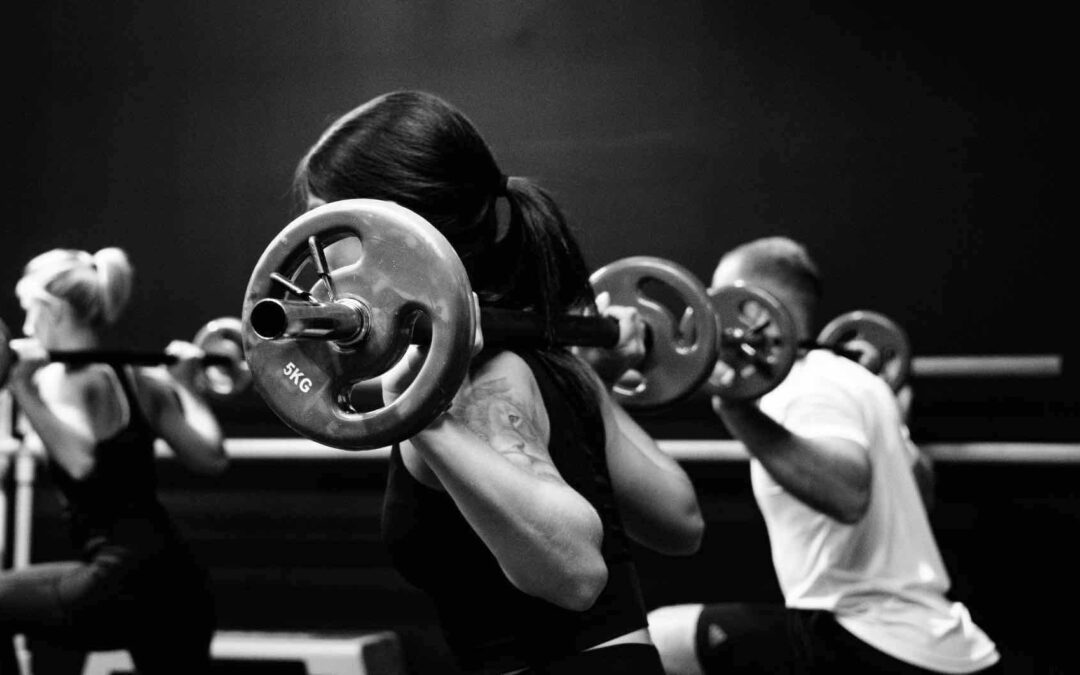The allure of buying used fitness equipment is undeniable: the promise of quality gear at a fraction of the price. However, this realm of ‘pre-loved’ equipment has its share of pitfalls, and a savvy buyer should tread with caution. Dive in with us as we explore the common mistakes to sidestep when choosing second-hand fitness apparatus.
1. Overlooking the Basics: Before chasing the big brands or high-tech features, ensure the equipment’s basic functions are intact. For instance, if you’re looking at a treadmill, does the belt run smoothly? For weights, are they free of rust and cracks? Sometimes, the simplest functions are the most essential.
2. Ignoring Wear and Tear: While some wear is expected, excessive or uneven wear can indicate misuse or impending breakdowns. Look for signs like frayed cables on strength equipment, worn-out footpads on ellipticals, or cracks in weight plates.
3. Neglecting Safety Features: Safety should always be paramount. Ensure that safety locks on treadmills work, and check the stability of benches or weight racks. Any equipment that appears unstable or lacks vital safety features should be avoided.
4. Getting Blinded by Brands: While renowned brands generally offer durability, it doesn’t mean every product from a top-tier brand is a sure shot. Assess the equipment based on its current condition rather than its brand legacy.
5. Forgoing the Test Drive: It’s essential to try before you buy. Whether it’s an exercise bike or a rowing machine, using the equipment will offer insights that a mere visual inspection won’t provide, like unusual noises or resistance issues.
6. Not Considering Space: It’s easy to get caught up in a good deal and forget the practicalities. Always measure your available space and compare it against the equipment’s dimensions. Remember, overcrowded workout areas can be both uncomfortable and hazardous.
7. Overlooking Maintenance History: Just like a used car, the maintenance history of fitness equipment can be quite revealing. Regular servicing and parts replacement can indicate a well-cared-for machine, while a lack of service records can be a red flag.
8. Failing to Research Price Points: Just because it’s second-hand doesn’t guarantee it’s a good deal. Cross-reference the asking price with other listings and consider the equipment’s age, brand, and condition to ensure you’re getting value for your money.
9. Disregarding Warranty: Is the equipment still under warranty? Can the warranty be transferred to a new owner? If the answer is yes, it can be a significant advantage in case of unexpected breakdowns.
10. Not Factoring in Delivery and Setup: Fitness equipment is bulky, and transporting it can be a challenge. Before sealing the deal, discuss delivery terms. If you’re handling it yourself, make sure you have the necessary tools and manpower for both transportation and setup.
Pro Tips for a Wise Purchase:
- Consult Fitness Enthusiasts: Speak to friends or trainers who can offer insights or recommendations.
- Research Product Recalls: Ensure the equipment hasn’t been recalled for safety or manufacturing issues.
- Stay Patient: Don’t rush into a purchase. Waiting for the right piece in excellent condition is worth the patience.
Conclusion: Buying used fitness equipment is undeniably economical and eco-friendly. But the onus of ensuring its quality and safety falls squarely on the buyer. By avoiding the common pitfalls and approaching your purchase with research and patience, you can ensure that your fitness journey on pre-loved equipment is both effective and safe.

